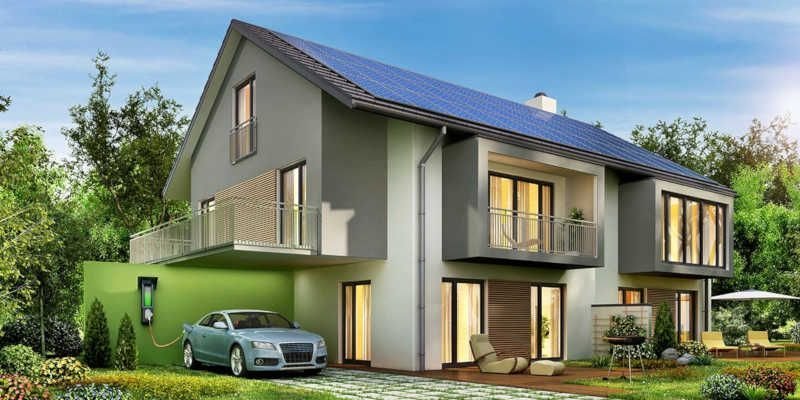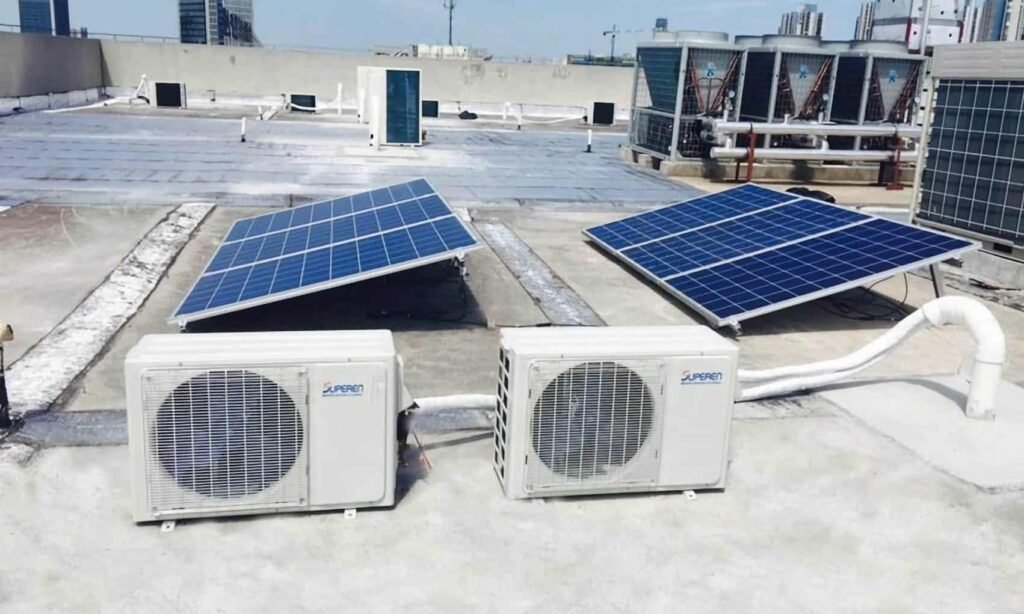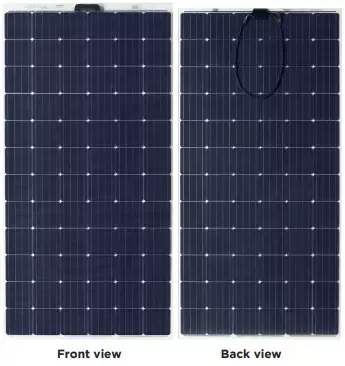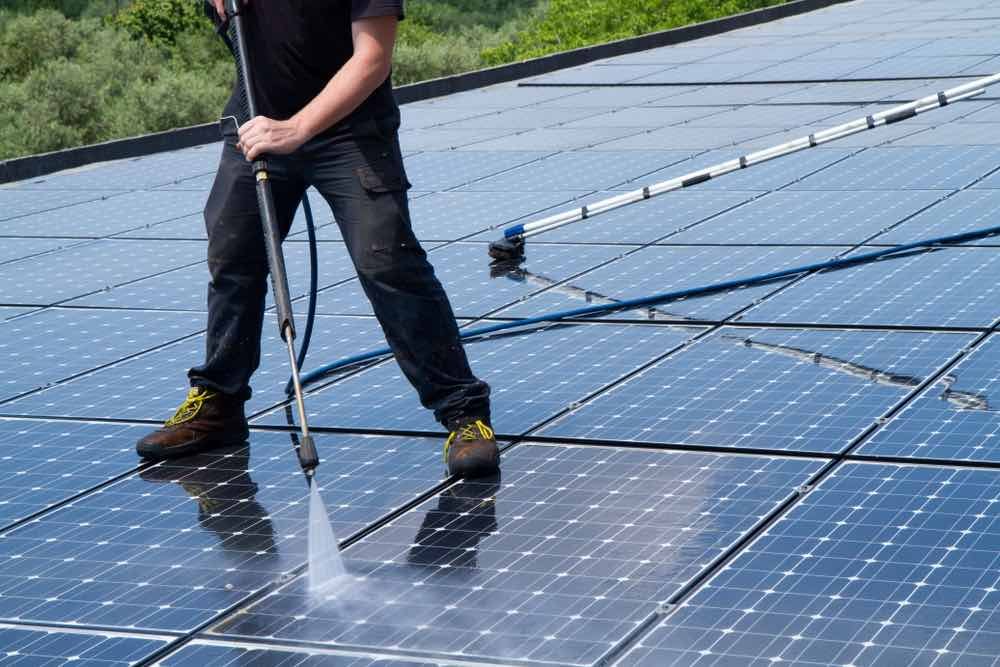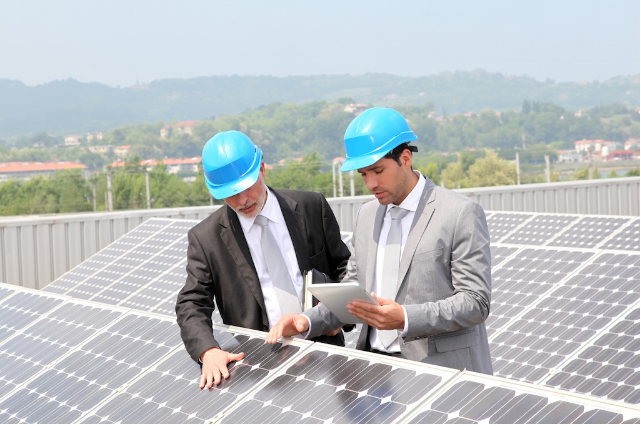
Can I connect solar panel and inverter to the same battery?
With the rising popularity of solar panels and renewable energy, many people are interested in connecting solar panels and inverters to the same battery. This can be an effective way to generate and store electricity for use when the sun is not shining. However, it’s important to understand the potential risks and challenges of connecting these components to ensure the safety and efficiency of your system.
Related: Connecting solar panels to battery
Benefits of Connecting Solar Panel and Inverter to the Same Battery
Connecting solar panels and an inverter to the same battery can offer several benefits. Firstly, it can increase the efficiency of your system by storing excess energy generated by the solar panels for later use. This can help to reduce your reliance on the grid and lower your electricity bills. Additionally, it can provide a reliable source of power during power outages or in remote locations where grid power is not available.
Connecting solar panels and inverters to the same battery has several benefits, including:
- Maximizing efficiency: When solar panels are connected directly to a battery, the electricity generated by the panels is stored in the battery for use by the inverter. This means that the system is able to maximize the amount of energy produced by the solar panels, ensuring that the system operates at peak efficiency.
- Cost savings: By connecting solar panels and inverters to the same battery, you can save money on equipment and installation costs. You only need to purchase one battery, rather than multiple batteries, and you can simplify the installation process.
- Increased reliability: A solar panel system that is connected to a battery provides reliable power, even when there is no sunlight. During power outages or when the sun is not shining, the battery can provide backup power to keep the system running.
- Reduced carbon footprint: Solar energy is a clean and renewable energy source, and by using it to power your home or business, you can reduce your carbon footprint and help protect the environment.
- Flexibility: When solar panels and inverters are connected to the same battery, you have more flexibility in how you use the energy generated by the system. You can choose to use the energy immediately, store it for later use, or sell it back to the grid for a profit.
Risks and Challenges of Connecting Solar Panel and Inverter to the Same Battery
While connecting solar panels and an inverter to the same battery can be beneficial, there are also risks and challenges to consider. One of the main risks is overcharging, which can occur if the solar panels generate more power than the battery can handle. This can cause damage to the battery and potentially lead to a fire or other safety hazards. It’s important to ensure that the battery and charge controller are properly sized and compatible with the solar panels and inverter to prevent overcharging.
Another challenge is voltage compatibility. Solar panels typically generate DC (direct current) power, while many appliances and devices require AC (alternating current) power. An inverter is used to convert DC power into AC power, but it’s important to ensure that the inverter is compatible with the battery and solar panels to avoid any compatibility issues.
There are several risks and difficulties to consider when connecting a solar panel and an inverter to the same battery. Here are some of the most important ones:
- Overcharging: When the battery is charged by both the solar panel and the inverter simultaneously, there is a risk of overcharging. This can lead to battery damage, reduced performance, and even the risk of fire or explosion.
- Undercharging: On the other hand, if the solar panel and inverter do not provide enough power to fully charge the battery, it may be undercharged. This can reduce the battery’s capacity and lifespan.
- Inverter sizing: It is essential to ensure that the inverter is correctly sized for the solar panel and battery system. An undersized inverter may not be able to handle the load, while an oversized inverter can waste energy and cause voltage spikes that can damage the battery.
- Compatibility: It is crucial to check that the solar panel, inverter, and battery are compatible with each other. Components that are not designed to work together can cause problems like reduced performance, overheating, and safety risks.
- Maintenance: Solar panels and batteries require maintenance to operate efficiently and safely. Neglecting maintenance can lead to reduced performance, shorter lifespan, and even safety risks.
- Safety: Working with electricity can be dangerous, so it is important to take safety precautions when connecting a solar panel and inverter to a battery. This includes wearing protective gear, following safety guidelines, and ensuring that the system is installed correctly.
In summary, connecting a solar panel and inverter to the same battery can be a complex process that requires careful consideration of several factors. To avoid risks and difficulties, it is essential to plan the system carefully, use compatible components, and follow safety guidelines.
Conclusion:
Connecting solar panels and an inverter to the same battery can be a great way to generate and store renewable energy. However, it’s important to understand the potential risks and challenges involved and take the necessary precautions to ensure the safety and efficiency of your system. By properly sizing and connecting the components, you can enjoy the benefits of a reliable and sustainable source of power for your home or business.

